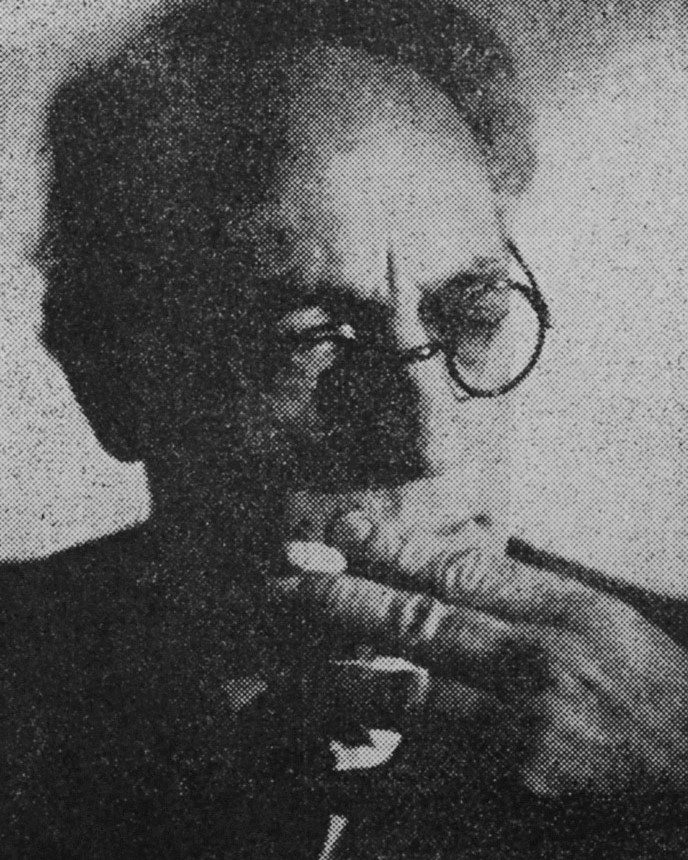Léon INDENBAUM
January 4, 2019Leopold KRETZ
January 5, 2019Moise KOGAN
ORGINEW (BESSARABIA) 1879 – DEPORTED IN 1943
Moise Kogan received a traditional Jewish education, which left a mark on him. He first wished to study chemistry, but his passion for drawing and engraving led him to enroll at the School of Fine Arts in Munich in 1903. His stay in Germany deeply influenced his art. He arrived in Paris in 1913 and settled at La Ruche. He was influenced by Maillol, who appreciated his work.
His works were exhibited at the Salon d’Automne in 1925. Kogan was then elected president of the sculpture committee, which was not common for a foreign artist. He also exhibited his work at galleries in Paris, Berlin, Leipzig, Hamburg, Munich, and other cities in Germany. Art lovers appreciated his Oriental-looking sculptures. In Paris, following visits to the Louvre, his style was influenced by Ancient Rome and Greece. He took an interest in the Bible, Jewish history, mysticism, and Oriental cultures.
Moise Kogan was arrested in Paris. He was interned in Drancy and deported on February 22, 1943 on convoy number 47. He was murdered by the Nazis. A posthumous exhibition took place at the Zak Gallery in Paris in 1947.
Stories of Jewish Artists of the School of Paris 1905-1939
FRENCH-ENGLISH
Capitale des arts, le Paris des années 1905-1939 attire les artistes du monde entier. De cette période de foisonnement, un terme est resté, celui d'Ecole de Paris, qui recouvre une grande diversité d'expression artistique. Dans ce brassage dont Montparnasse est le creuset, un groupe se distingue : celui des artistes juifs venus de Russie, de Pologne et d'Europe centrale. Si leurs styles sont variés, un destin commun les rassemble : ils fuient l'antisémitisme de leur pays d'origine. Certains ont connu la célébrité dès les années 1920, tels Soutine, Lipchitz ou Chagall. D'autres n'ont pas eu le temps ou la chance d'y accéder. Près de la moitié a péri dans les camps de concentration nazis.
From 1905 to 1939, Paris attracted artists from all over the globe as the capital of the art world. This period of artistic proliferation became known as the School of Paris, and includes a great diversity of artistic expression. Within the teeming art world centred on Montparnasse, one group set itself apart: Jewish artists from Russia, Poland, and Central Europe. Although their styles were diverse, they shared the common fate of fleeing anti-Semitic persecutions in their home countries. Some became famous in the 1920s, such as Soutine, Lipchitz, and Chagall, while others did not have the time or the luck to gain renown. Nearly half of these artists died in Nazi concentration camps.





